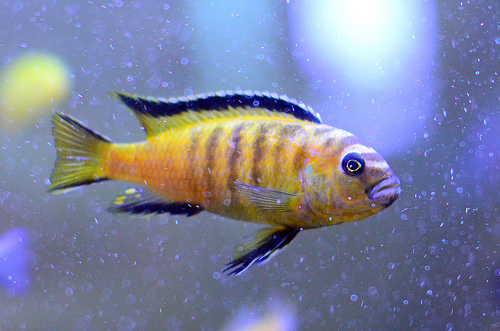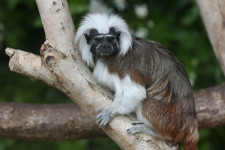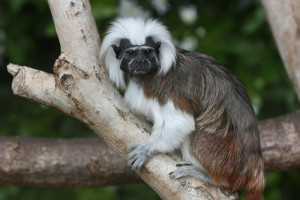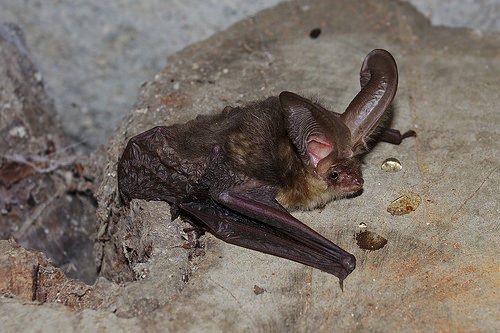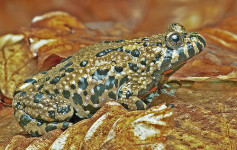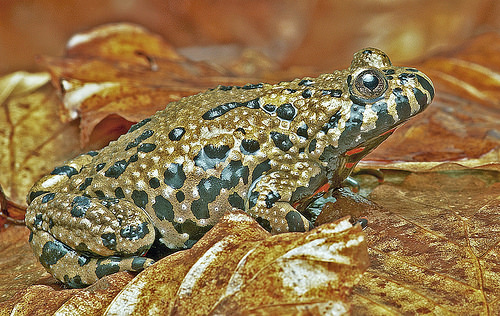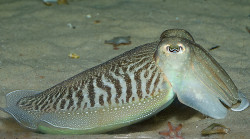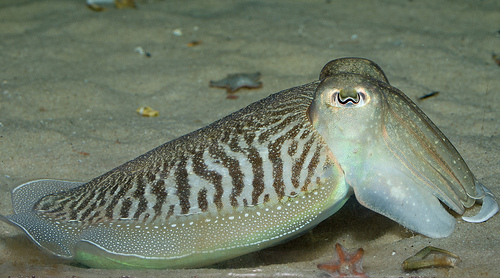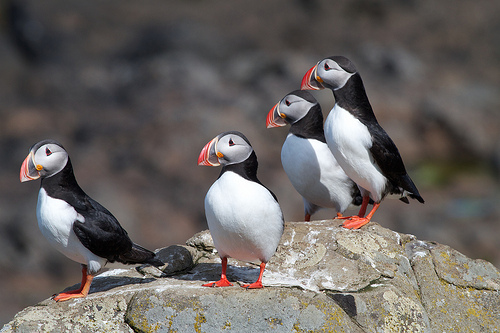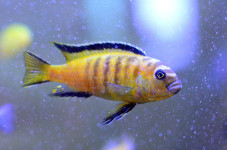
Cichlids are cute little fish with a vicious appetite.
- Cichlids are a family of fish, of small to medium size, with in excess of 1600 discovered species out of the estimated 2000 to 3000 in total.
- The scientific name of a cichlid is Cichlidae, and it is from the suborder Labroidei, the suborder that also includes wrasses, surfperches and damselfish, among others.
- Cichlids are found in freshwater regions in many countries across the globe, and they are native primarily to South America, southern North America and Africa, and some are also found in certain areas in Asia.
- The size of cichlids ranges quite widely among species, from 2.5 to 100 centimetres (1 to 39.4 inches).
- Cichlids are popularly kept in aquariums as pets, with many different hybrids bred specifically for the pet industry.
A Cichlid
Image courtesy of Marcell Sigg/Flickr
- The diet of cichlids, depending on the species, consists primarily of plants, fish – even from the same family, algae, parasites and insect larvae.
- Cichlids are often fished as a sport, and some species are mass-bred for commercial reasons, commonly for food or as pets.
- The colours of cichlids range from black, yellow, orange, green, blue, red, silver or white, and they are commonly patterned in their colouring.
- An average of 200 eggs is produced by a female cichlid at one time, and the fry are generally cared for by both parents until the babies are capable of swimming alone.
- Cichlids typically live to be 5 to 60 years of age; and fellow fish, eels, birds and humans are common predators.
Bibliography:
Cichlid, 2015, A-Z Animals, http://a-z-animals.com/animals/cichlid/
Cichlid, 2015, Wikipedia, https://en.wikipedia.org/wiki/Cichlid






